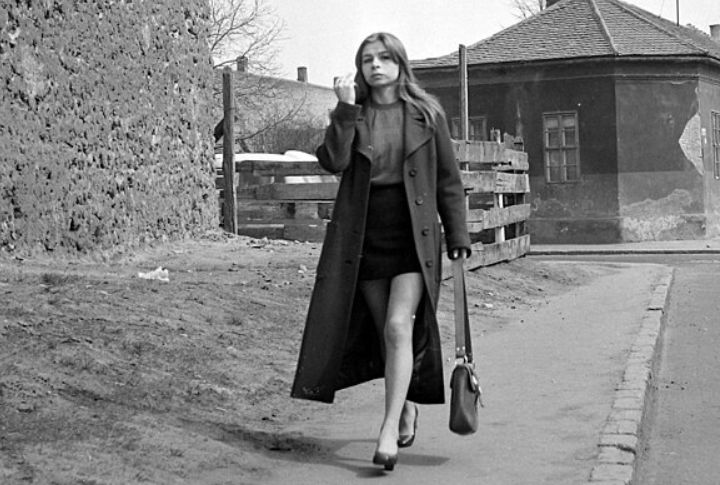
The story of the mini skirt is about what happens when fashion collides with social change. In the 1960s, that collision played out on city streets, in glossy magazines, and at cultural flashpoints around the world. Each moment revealed a growing divide between old norms and fresh possibilities. Ready to explore this era-defining revolution? Read on!
The Mini Skirt’s Debut
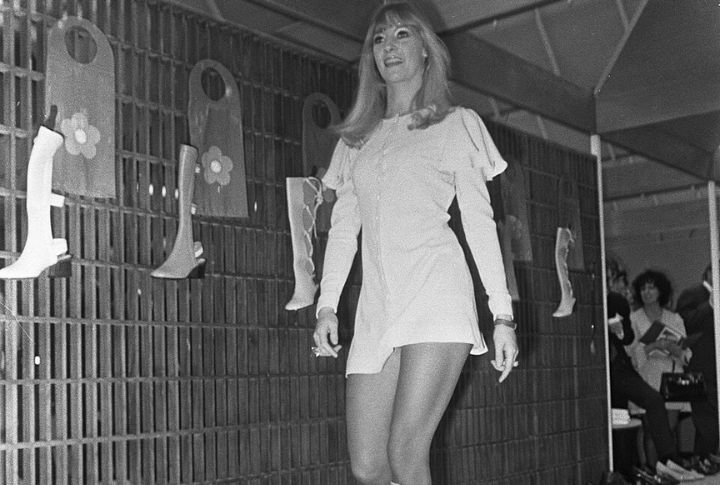
You might not think a car could inspire a skirt, but for Mary Quant, it did. At her Bazaar shop on King’s Road, she introduced the miniskirt. It captured the youthful energy of the 1960s while cutting down fashion’s outdated restrictions.
Gernreich Pushes Boundaries
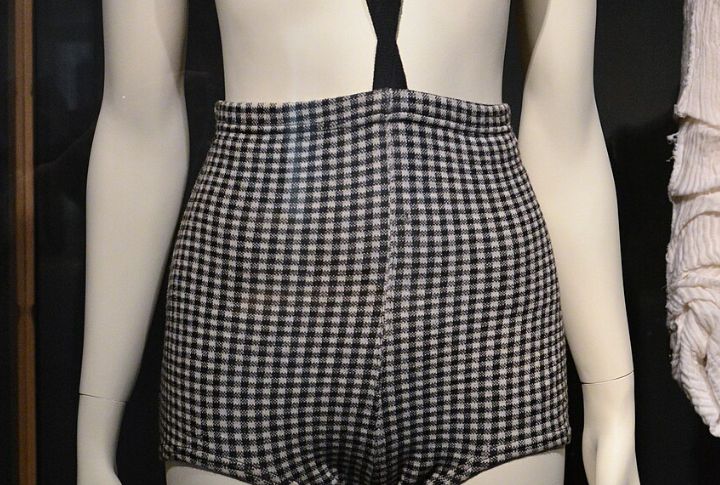
That era gave rise to designers who challenged everything, and Rudi Gernreich stood out among them. He reimagined clothing with miniskirts that questioned gender expectations and designs that discarded restrictive undergarments. His radical monokini sealed his place in fashion history.
Courreges’ Space Age Minis
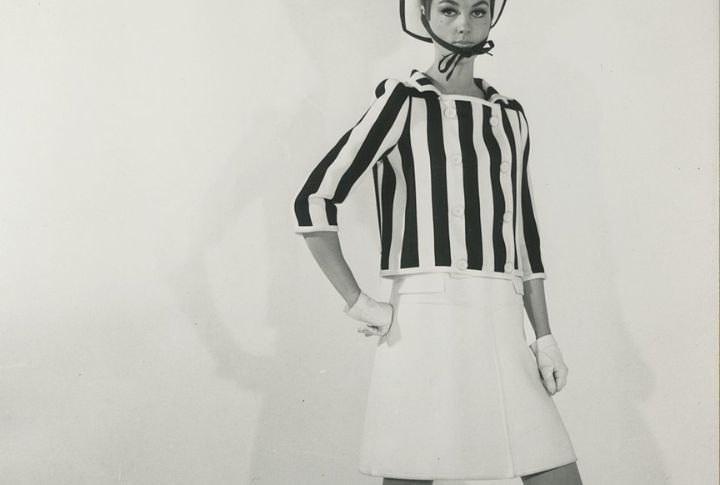
In 1964, Andre Courreges took Paris fashion into the future. His Space Age collection paired clean geometric designs with new materials, flat shoes, and a daringly short skirt. At a time when everyone dreamed of the moon, his minis reflected optimism and modern possibility.
Shrimpton’s Melbourne Scandal
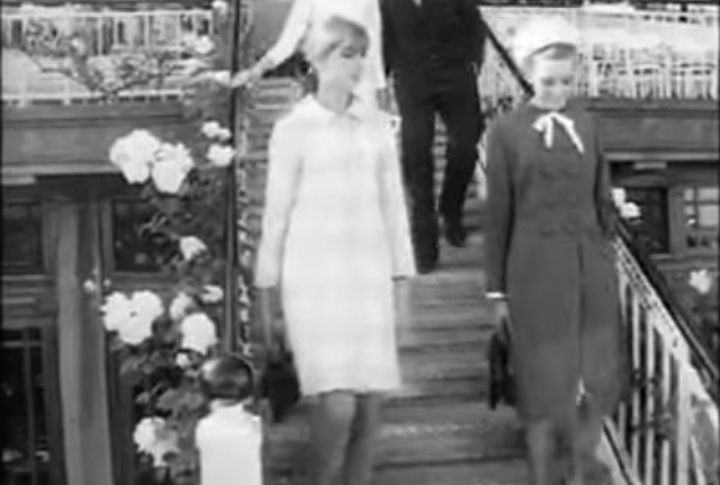
At Australia’s premier racing event, strict attire once reigned supreme. Then Jean Shrimpton arrived in 1965 wearing a sleeveless, above-the-knee dress with no traditional accessories. The uproar that followed? It showed just how much the fashion scene was evolving.
Twiggy Takes The World
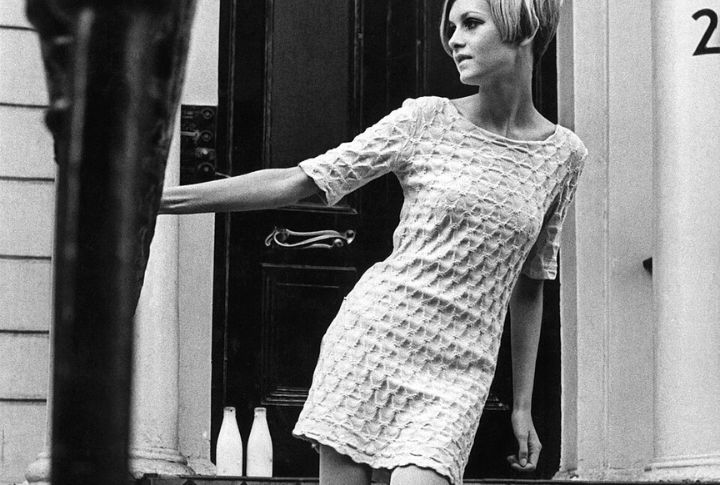
Lesley Hornby, famously known as Twiggy, went from an ordinary London teenager to a global fashion icon. Her androgynous look and effortless style made her the perfect face of the mini skirt era. Within months, she wasn’t just modeling clothes—she was capturing the spirit of a global cultural shift.
Carnaby And King’s Road Explode
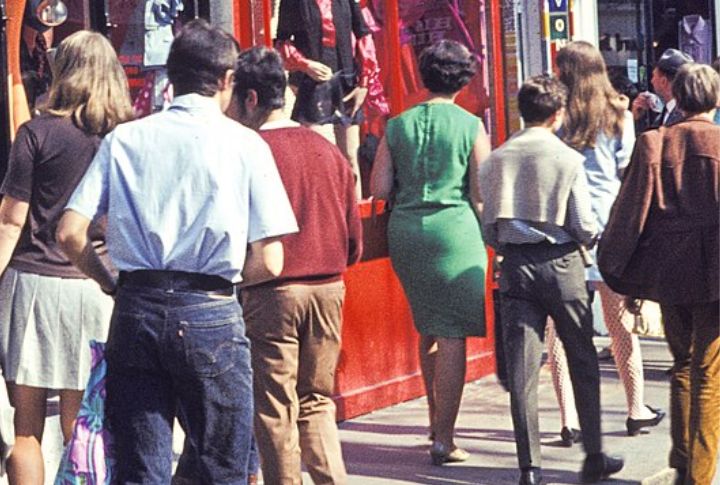
London’s Carnaby Street and King’s Road became the heart of swinging-sixties style. These streets were lined with bold boutiques where young people shopped for modern looks. The mini skirt thrived here, moving from experimental streetwear to a mainstream style embraced around the world.
Vogue Makes It Official
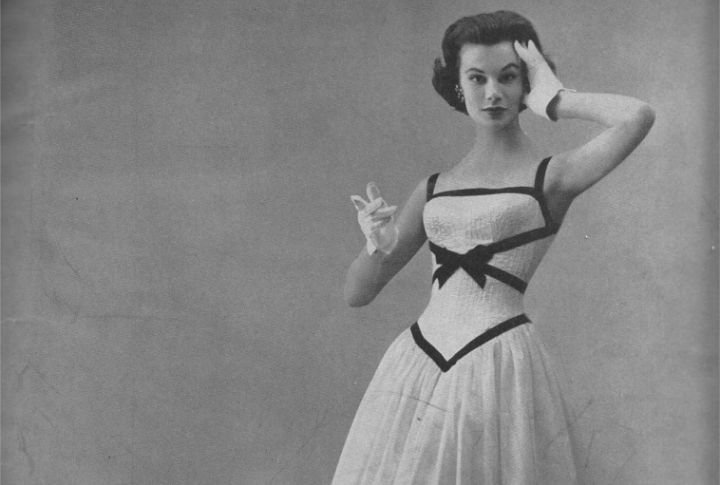
Fashion magazines gave the mini its stamp of approval. Coverage in Vogue and other glossy titles turned what began as a rebellion into a recognized trend. Photos of rising hemlines were style updates that connected the skirt to youth culture and women’s liberation.
Minis Hit Music And Dance Floors
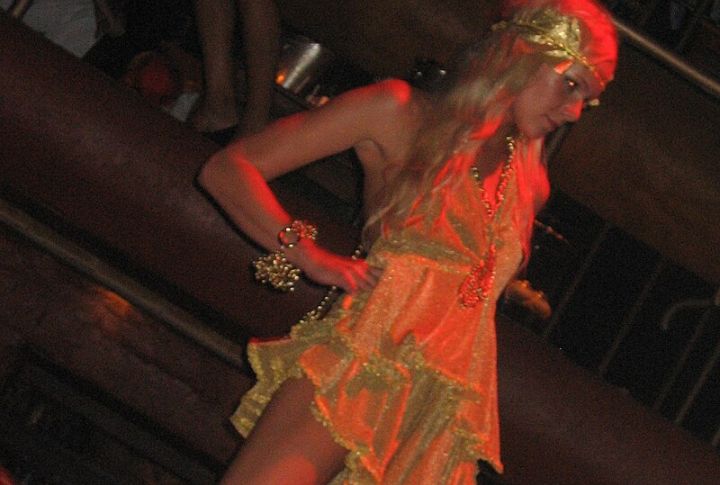
The mini wasn’t only seen on city streets. It took over clubs and concerts, too. Go-go dancers made short hemlines part of their energetic performances, and musicians’ backup dancers wore them on stage. Bold prints and bright colors made the mini a nightlife icon.
Minis Take Over Screens
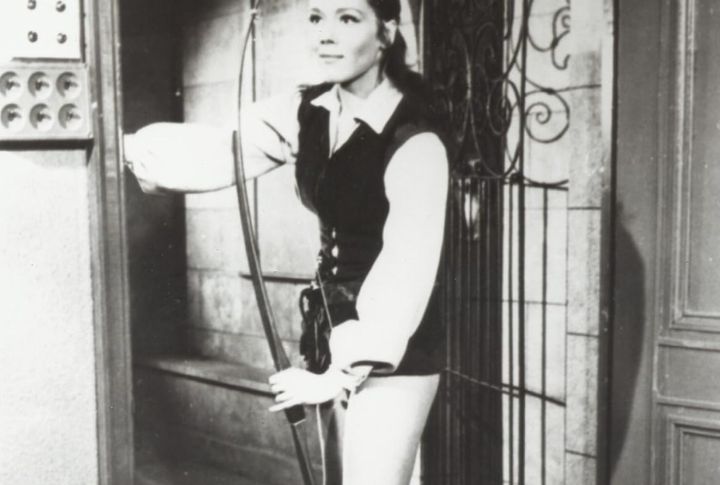
When Diana Rigg strutted across TV screens in her ultra-short minis on “The Avengers,” she did more than just turn heads—she sparked a fashion revolution. As celebrities increasingly rocked these daring hemlines in films and television shows, minis were finally normalized.
Global Markets Jump In
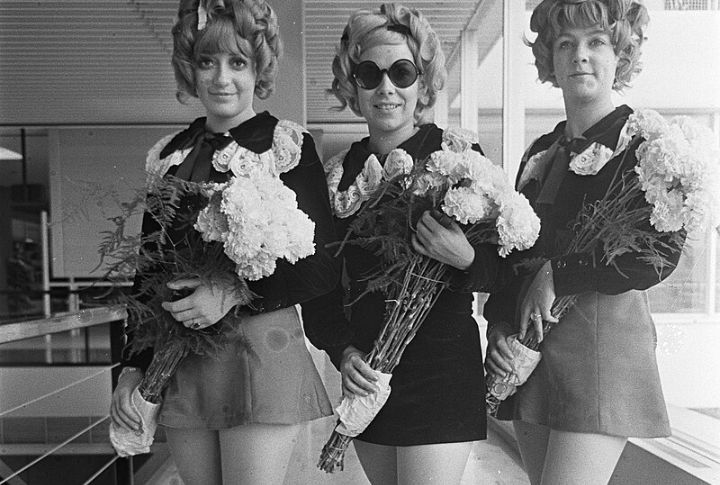
A seismic shift emerged from America’s campuses and high schools, where students eagerly championed minis. By 1966-1967, even major department stores catered to this youth-driven demand, as the minis influence radiated globally from U.S. retail floors to Japanese youth movements.

